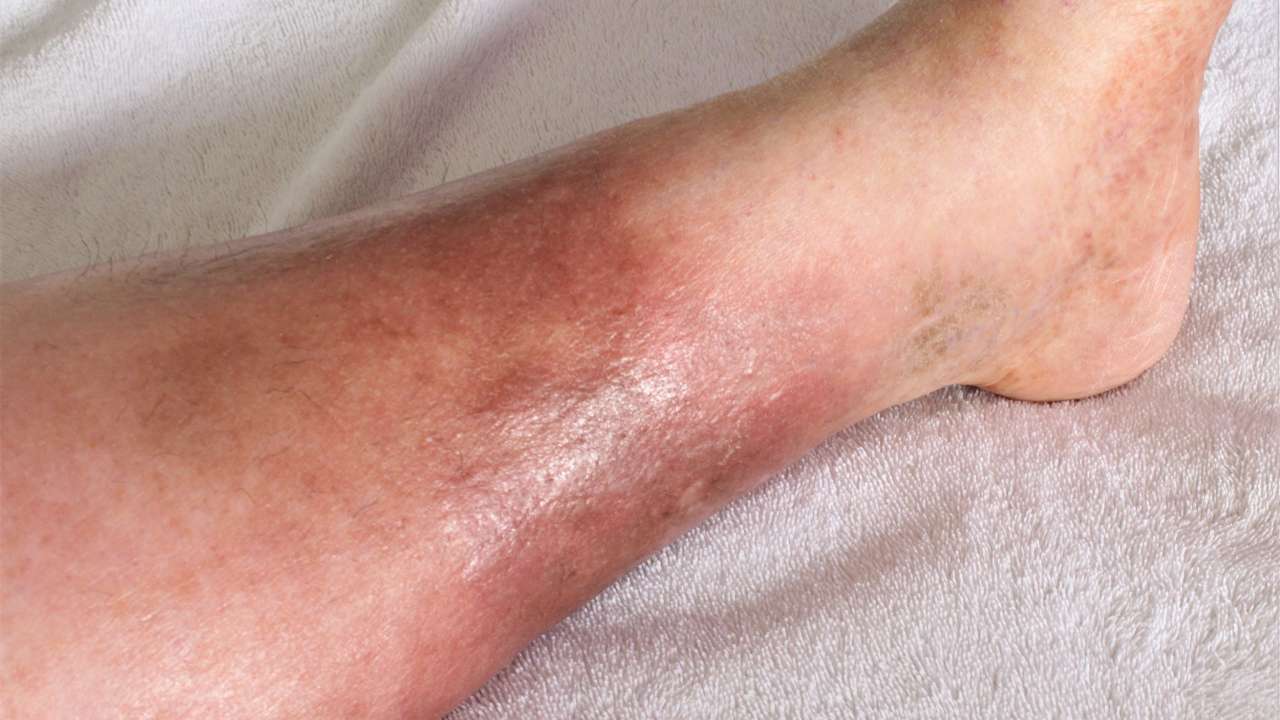Dear Doctors: My husband and I help my aunt with doctor visits. She has a persistent wound on her foot and was diagnosed with cellulitis. She has confused it with cellulite and isn't taking it seriously. Can you offer some information so we can help her understand what’s going on?
Dear Reader: Although “cellulite” and “cellulitis” sound similar, they are two very different conditions. Cellulite is the term used when the layer of fat and tissue that lies just beneath the skin develops a lumpy, bumpy appearance. People are sometimes bothered by how cellulite looks, but it doesn't pose a threat to health.
Cellulitis, on the other hand, is a type of bacterial skin infection. In most cases, it is easily addressed with antibiotics and appropriate wound care. When left untreated, though, it can lead to serious health problems.
Cellulitis can occur when a breach in the surface of the skin allows bacteria to enter and penetrate the deeper layers of tissue. This may be through a wound, as has occurred with your aunt. However, the point of entry can be as small as a scrape or cut, a crack in dry skin or even an insect bite or rash. These openings make it possible for bacteria to get past the protective barrier of the skin and infect the tissues below. The two most common causes of cellulitis are strep (streptococcus) or staph (staphylococcus) bacteria.
People with weakened immune response are at greater risk of developing cellulitis. This can be due to a disease, such as diabetes, lupus or AIDS; the result of immunosuppressive medical treatment; or older age. Being overweight or obese, having lymphedema and living with an inflammatory skin condition, such as psoriasis, can also increase risk.
Symptoms of cellulitis include warmth, redness, swelling, tenderness or pain in the affected area, fatigue, fever, muscle aches or joint pain, swollen lymph nodes and inflammation that spreads rapidly. The condition is diagnosed with a physical exam, which often includes a blood test and lab cultures.
Treatment typically includes the use of antibiotics and, if needed, pain medications. Vigilant wound care is also important. Because bacteria are increasingly resistant to antibiotics, it is important to track the response to treatment. Resting and keeping the wound elevated to ease swelling are also helpful. If an infection doesn't respond to treatment, it can be necessary to switch to another antibiotic.
As we mentioned, cellulitis that goes untreated or is poorly managed can lead to complications. It is possible to develop abscesses or open sores, which can become chronic. Cellulitis itself can become recurrent if not adequately addressed.
There is also the risk that the bacterial infection will reach the blood and travel throughout the body. The danger here is a serious and life-threatening condition known as sepsis. This is a powerful overreaction by the immune system to the presence of infection. The scope of the immune response in sepsis can lead to tissue and organ damage, organ failure and even death. If your aunt continues to ignore her treatment plan, please consider asking her doctor for assistance.
(Send your questions to [email protected], or write: Ask the Doctors, c/o UCLA Health Sciences Media Relations, 10960 Wilshire Blvd., Suite 1955, Los Angeles, CA, 90024. Owing to the volume of mail, personal replies cannot be provided.)





